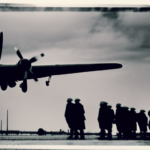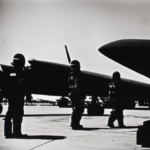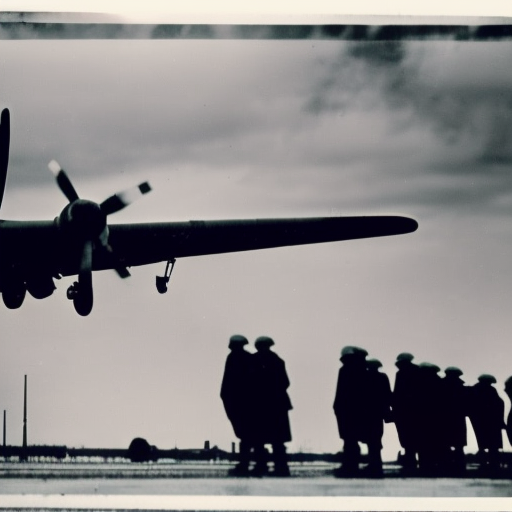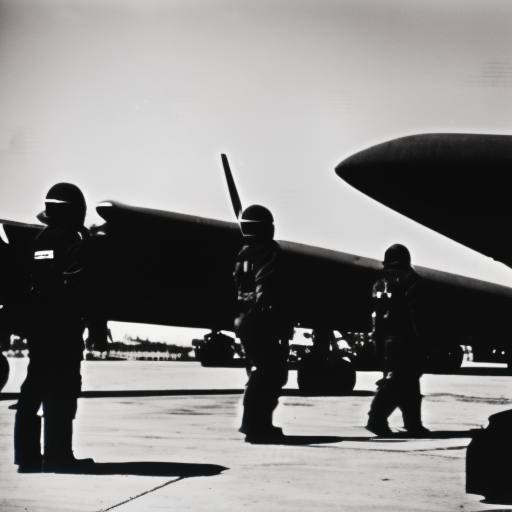The Berlin Airlift (1948-1949)
The Berlin Airlift was a major international crisis that occurred from 1948 to 1949, during the early years of the Cold War. It was a response to the Soviet Union’s blockade of West Berlin, which aimed to force the Western Allies (United States, United Kingdom, and France) to abandon their presence in the city. The Berlin Airlift became a symbol of the West’s determination to protect the freedom and independence of West Berlin.
The Background
After World War II, Germany was divided into four zones of occupation, each controlled by one of the Allied powers: the United States, the Soviet Union, the United Kingdom, and France. The city of Berlin, located deep within the Soviet zone, was also divided into four sectors. Tensions between the Soviet Union and the Western Allies grew as the Cold War intensified, and in 1948, the Soviets decided to cut off all land and water access to West Berlin, which was controlled by the Western Allies.
The Blockade
On June 24, 1948, the Soviet Union closed all road, rail, and canal links to West Berlin, effectively isolating the city from the outside world. The blockade aimed to pressure the Western Allies to withdraw from Berlin and allow the Soviet Union to take full control. However, the Western Allies were determined to maintain their presence in the city and protect the rights of the people of West Berlin.
The Response
Facing the Soviet blockade, the Western Allies launched the Berlin Airlift. The United States, United Kingdom, and France began an unprecedented operation to supply West Berlin with food, fuel, and other essential supplies by air. The airlift involved a massive fleet of cargo planes that flew around the clock, delivering supplies to Tempelhof Airport and other airfields in West Berlin.
The Operation
The Berlin Airlift was a logistical challenge of immense proportions. The Western Allies had to establish a constant flow of supplies to sustain the population of West Berlin, which numbered over two million people. They built a vast infrastructure to support the airlift, including new runways, storage facilities, and communication systems. The operation required careful coordination and precise planning to ensure the efficient delivery of supplies.
The Success
Despite the immense challenges, the Berlin Airlift was a resounding success. The Western Allies managed to sustain the people of West Berlin for over a year, delivering over 2.3 million tons of supplies during the airlift. The operation showcased the determination and resolve of the Western Allies to protect the freedom and independence of West Berlin.
The End of the Blockade
The Soviet Union eventually realized that the blockade was not achieving its intended goals. The Western Allies’ commitment to the people of West Berlin remained unwavering, and the airlift demonstrated their ability to sustain the city indefinitely. On May 12, 1949, the Soviets lifted the blockade, allowing land and water access to West Berlin once again.
The Significance
The Berlin Airlift was a significant event in the early years of the Cold War. It highlighted the stark divide between the Soviet Union and the Western Allies and demonstrated the West’s determination to protect its interests and maintain a presence in Berlin. The airlift also solidified the division of Germany into East and West, leading to the eventual establishment of the Federal Republic of Germany (West Germany) and the German Democratic Republic (East Germany).
In conclusion, the Berlin Airlift was a remarkable response to the Soviet Union’s blockade of West Berlin. The Western Allies’ determination and logistical prowess ensured the survival of the people of West Berlin and demonstrated their commitment to protecting freedom and independence in the face of Soviet aggression. The Berlin Airlift remains a symbol of the Cold War era and the resilience of those who fought to preserve the values of democracy and human rights.












